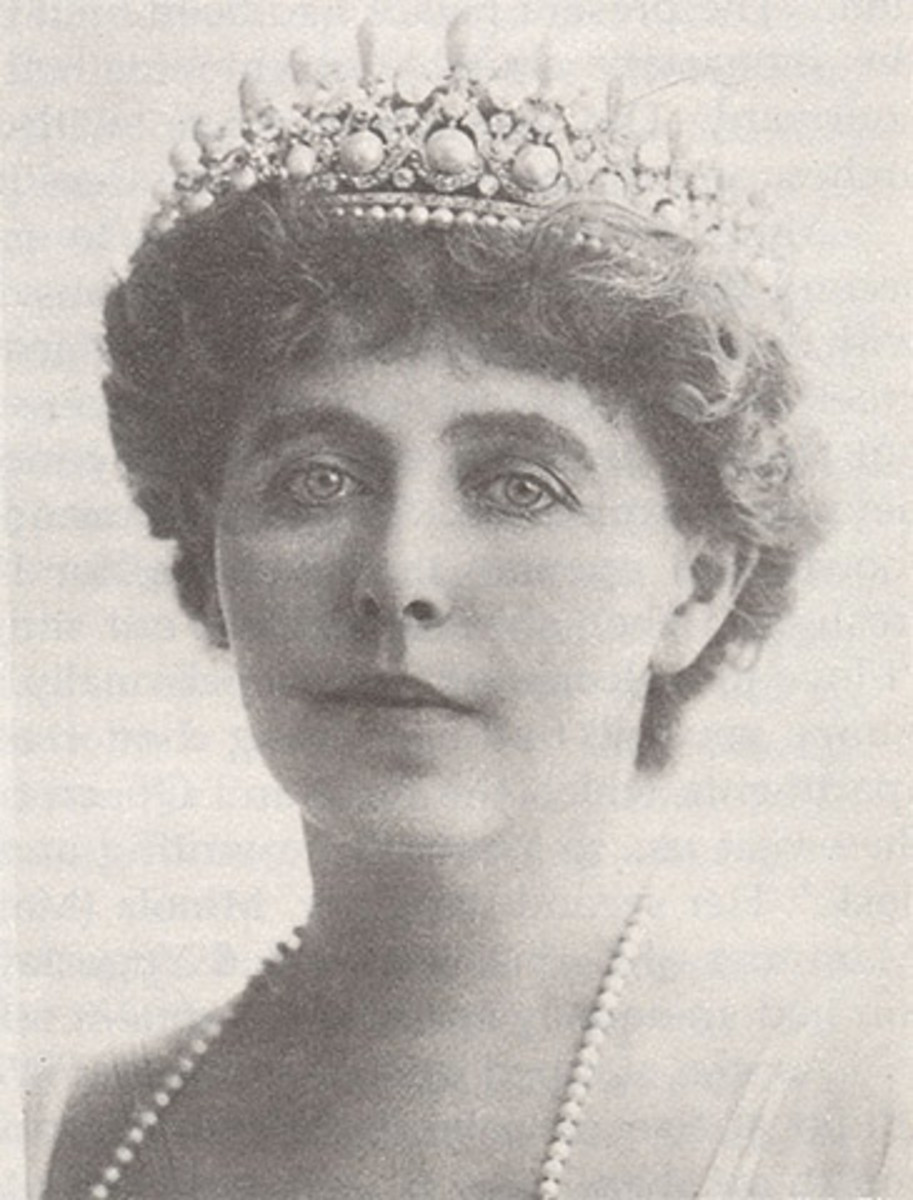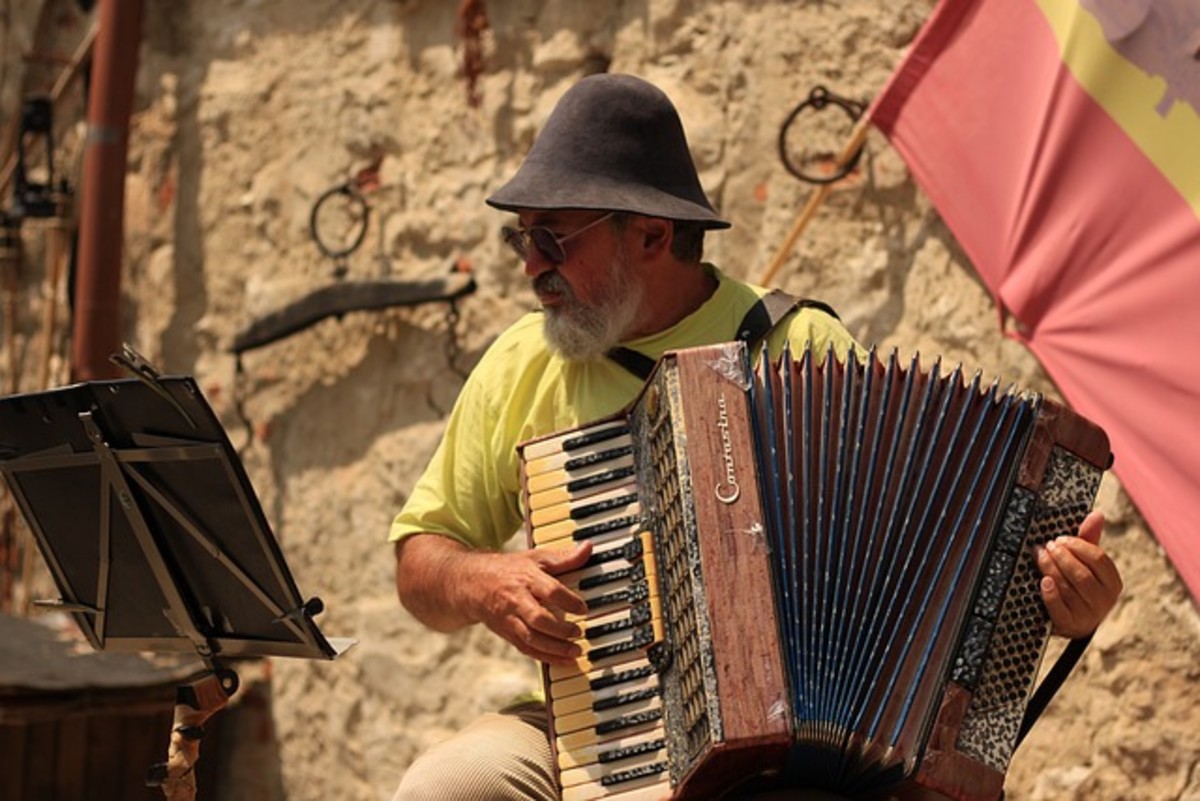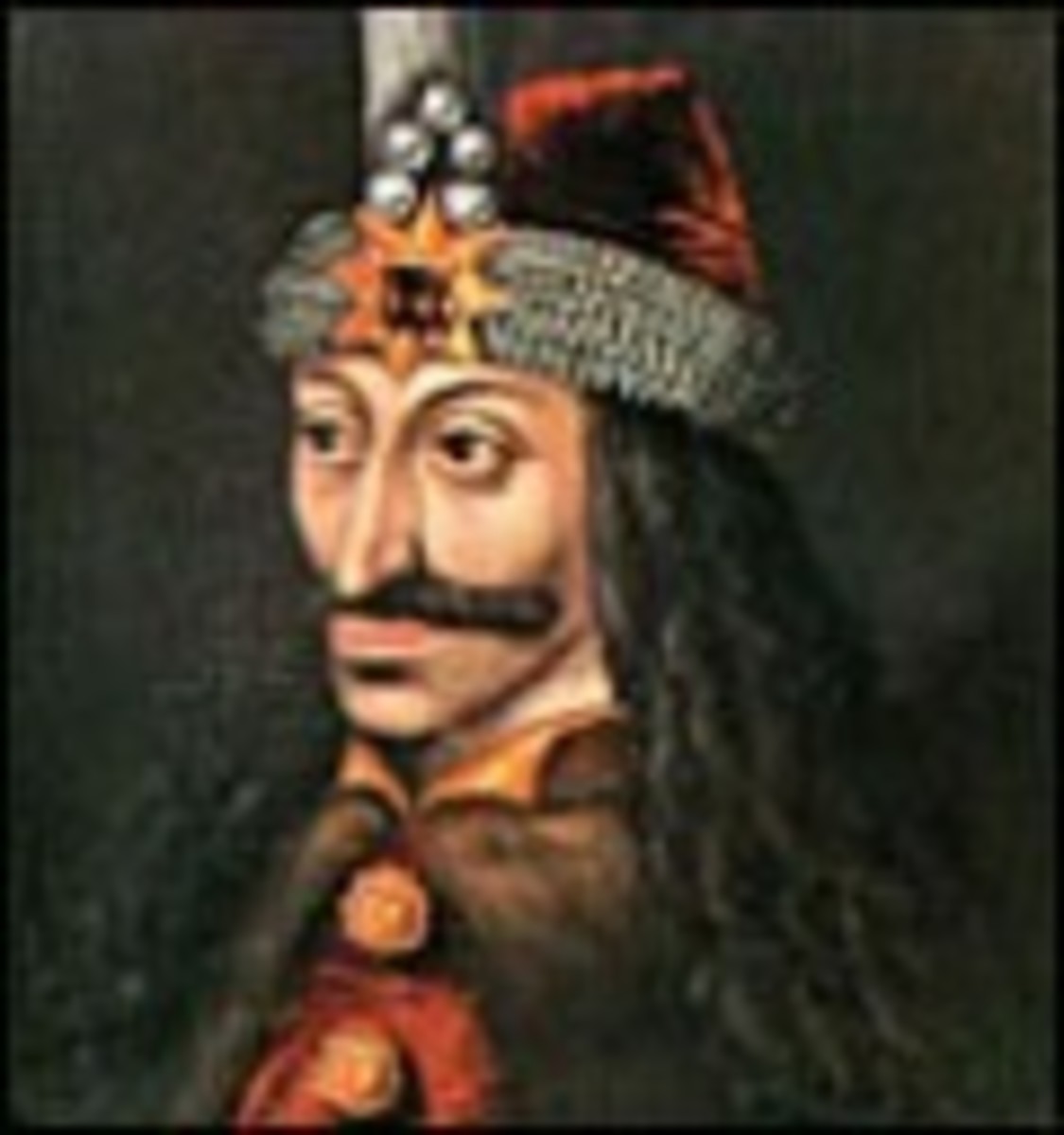Romania Travel Guide
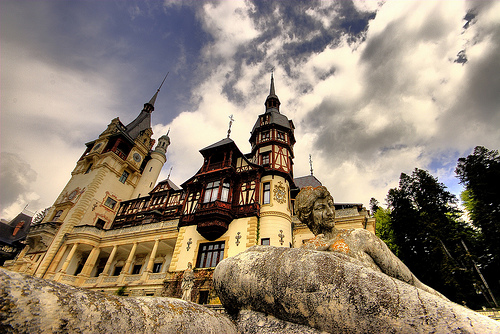
Romania is the biggest Balkan
country, often described as “a Latin island in a sea of Slavs”.
This territory was influenced by several empires – Roman, Ottoman,
Austrian-Hungarian and Russian. Even though the present Bucharest has
an appearance of “steel and concrete”, it was once called “the
Little Paris”, and if you look carefully you find some vestiges from
that period. In the European Union context (Romania joined it in 2007),
the contrast between the urban and rural areas is astounding – since
the capital city is filled with energy and world-renowned trademark
shops, somewhere in a field, the villagers harvest the grass and the
hay and they practice agriculture with the same tools as one hundred
years ago.
The Carpathians represent
almost
a third of Romania’s territory and a natural border that separates
Transylvania from the other two provinces – Moldova and Muntenia.
Along the centuries, these three areas were claimed by invaders coming
from all over the world, but now they represent the state of Romania,
a nation that has been united less than a hundred years ago.
Transylvania has always been
a reason for pride and disputes – ruled largely by Hungarians and
the Saxons that came to their aid, in this region, along with the
medieval
villages and the fortified churches, there are the most popular tourist
destinations, in the Carpathian foothills. Muntenia represents the heart
of Romania, where the capital city of Bucharest is located. Moldova,
of which Basarabia was part of, had gained its independence in the
middle
of the 14th century. The region is famous for its frescoes
churches and monasteries, and the woodsy landscape contains villages
where time seems to have stood still and the folkloric traditions have
been preserved until today.
A truly famous region for its
scenic villages is the Maramures, located north of Transylvania. Here
the sublime landscape houses wooden churches and a life style in harmony
with the centuries’ old traditions and customs. In the western part
of the country you’ll find Crisana and Banat, former strongholds of
the Austrian-Hungarian Empire. Dobrogea holds the Black Sea seaside,
where the profit-based tourism has made so much damages that the number
of visitors has went down to a half of what it once was, most of the
Romanians preferring to spend their seaside holidays in Croatia. A way
to save this area is the Danube Delta, a unique ecosystem, which
represents
a lovely destination.
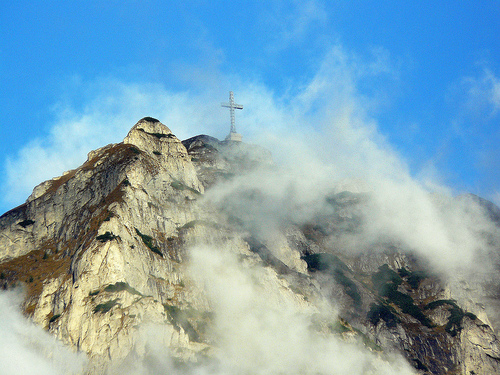
Romania Tourist Attractions
- In the capital city,
Bucharest,
you can see the second biggest building in the world (after the
Pentagon)
– the House of Parliament.
- Wander on some of the most
important streets in Bucharest – Calea Victoriei (the Victory Path),
where the Vernescu House is located, the Magheru, Carol I, Calea
Mosilor,
Calea Dorobantilor boulevards and Kiseleff street.
- Near Bucharest, places of
interest are Mogosoaia, Buftea and Heresti, with old buildings and the
monasteries in Snagov, Cernica, Pasarea, Caldarusani and Tiganesti.
- Visit the Constanta port,
founded in the 6th century BC, as well as the archeological
sites from Histria, Tomis and Callatis.
- Unleash your imagination
in the Bran Castle, the legendary shelter of the medieval king Vlad
Tepes, who inspired Bram Stoker in writing the novel “Dracula”.
- Visit Sibiu, the main city
of the Transylvanian Saxons. You can visit a large part of its walls
and 40 towers, and also the beautiful houses painted in red, blue and
green.
- Visit the walled churches
made by the Saxons. An example is the Biertan Church, above the Biertan
village, which is enlisted as a UNESCO World Heritage Site.
- Take a tour of the
monasteries
in Bucovina and Moldova – Voronet, Sucevita, Moldovita, Humor. These
churches, enlisted as World Heritage Sites, contain frescoes and you
can visit them all in just one day.
- Discover the water sports
or relax on the Black Sea seaside, in resorts like Eforie Nord, Eforie
Sud, Constanta, Costinesti, Mamaia, Mangalia, Jupiter, Navodari, Olimp,
Saturn, Techirghiol, Venus and Aurora.
- Rediscover your youth in
the spa resorts, salty water and mud at the lake Techirgiol, Baile Felix
or Baile Herculane.
- The Carpathians offer
well-known
destinations, like Poiana Brasov and Sibiu, with excellent ski slopes.
You can go bobsleighing in Semenic and Sinaia.
- Relax on the edge of a
mountain
lake in Fagaras or Retezat or explore some of the 10.000 caves, of which
many are located in Apuseni, Bihor and Mehedinti.
- Take a cruise on the Danube.
You have the opportunity to see over 300 species of birds, foxes,
otters,
wild cats and boars.
-
Try the wines, the wooden
churches and the traditional customs in the Maramures villages –
Budesti,
Sirbi and Calinesti.
Romanian Cuisine
The Romanian cuisine is a main
element of attraction for the tourists, but also the thing that the
Romanian abroad linger the most. With rich taste and strong flavors,
the Romanian culinary habits have influences from the nations they were
in contact with, but also many specific dishes. A main dish is the
polenta,
often consumed instead of bread.
Most Romanians associate the
holidays like Christmas and Easter with different sorts of food. On
Christmas the pig is slaughtered and many dishes are prepared from its
meat, carefully using each organ – sausages, black pudding and roast.
The cake is a sweet that’s always present in every holiday and it’s
prepared in many different assortments and with various stuffing. Just
like for Christmas the typical animal is the pig, for Easter it’s
the lamb, and as a dessert, the housewives cook “pasca” (a kind
of cake). And also, always present are the Easter eggs, decorated in
various colors and Christian or secular motifs.
Romania is a good producer
of various assortments of national wines, like the Feteasca or Grasa
de Cotnari, but also international wines, like Riesling and Merlot.
The specific spirit is the “tuica”, also called “palinca” or
“rachiu”, depending on the region of the country you are in.
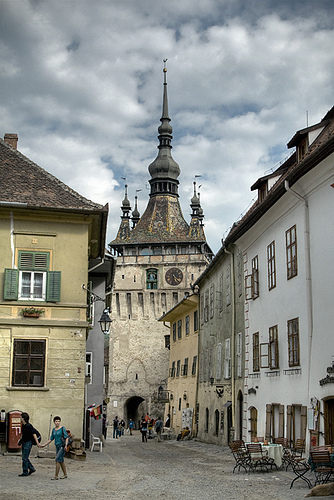
Romanian History
Romania’s present territory
was inhabited by Dacians since the 6th century BC. These
ancestors formed the state of Dacia, which developed and flourished
during the king’s Decebal rule (87-106). Dacia was conquered by the
Romans in 106, this victory considered to be very important, since Rome
erected a column in its memory. Between 106 and 271, Dacia was a Roman
province, but then the Romans retreated, leaving the country to the
Goth invaders. After the Goths left in 375 and the Huns in the 6th
century, there had been a powerful Slav influence.
In 1601 Mihai Viteazul
succeeded
in uniting all the Romanians under a single leadership for a short
period
of time. In the next 300 years, the Romanian principalities were under
Ottoman rule. With help from Russia, Romania gained more freedom and
established a new constitution, in 1829. In 1881 Romania became a
monarchy
and the king Carol I ruled over the country until his death in 1914.
Romania fought by the Allies
side in the First World War. After the Austrian-Hungarian Empire was
defeated, the provinces of Transylvania, Banat and Bucovina were given
back to Romania in 1918, this act representing the union of the majority
of the country’s territories for the first time in history. In the
beginning of the Second World War Romania allied with the Nazis, but
turned on the Allies’ side in 1944, when the Russians entered the
country. In 1965 Romania officially became a communist nation, with
Nicolae Ceausescu as its president. In the communism years, the
citizens’
life standard declined drastically and the economy was lamentable
administrated.
Over 500.000 Romanians exiled into the Western Europe, United States,
Israel and other places in the world.
In December 1989 the Securitate
forces started shooting in the people that were demonstrating in
Timisoara.
The state of emergency was declared, but the protests spread all over
the country. Ceausescu was captured by the army, trialed by an ad-hoc
tribunal and executed for genocide. The first president of the
democratic
Romania was a former communist, Ion Iliescu, and in 1995 the first
non-communist
president was elected, Emil Constantinescu. Romania joined NATO in 2004
and it was accepted in the European Union in January 2007.

